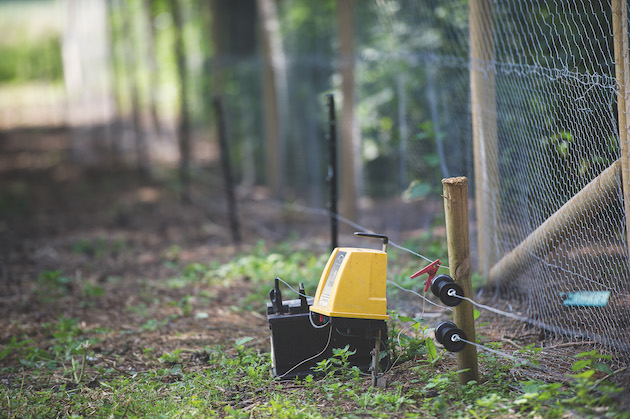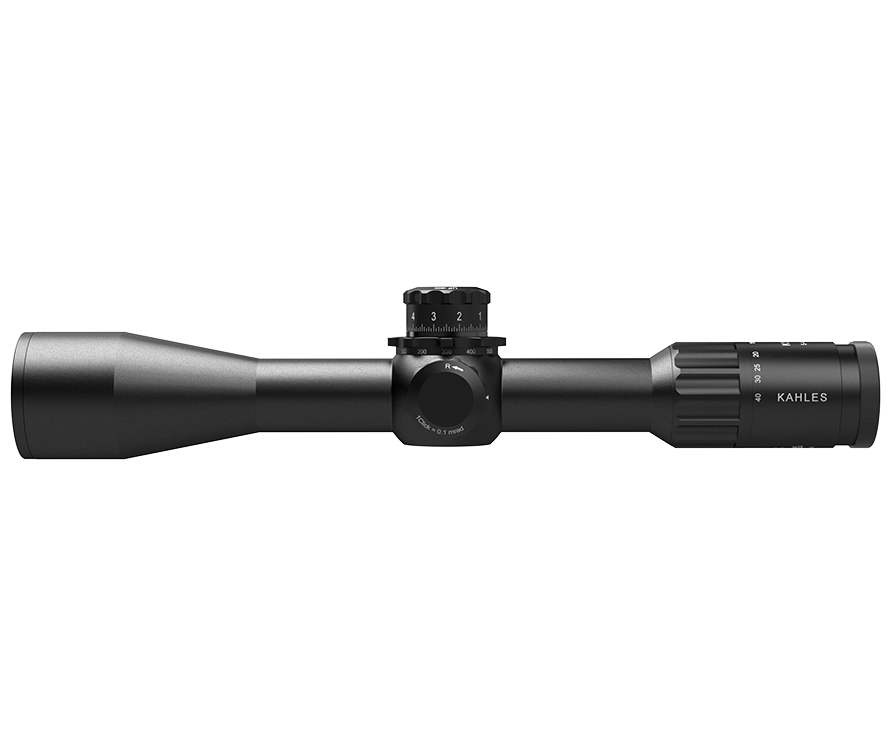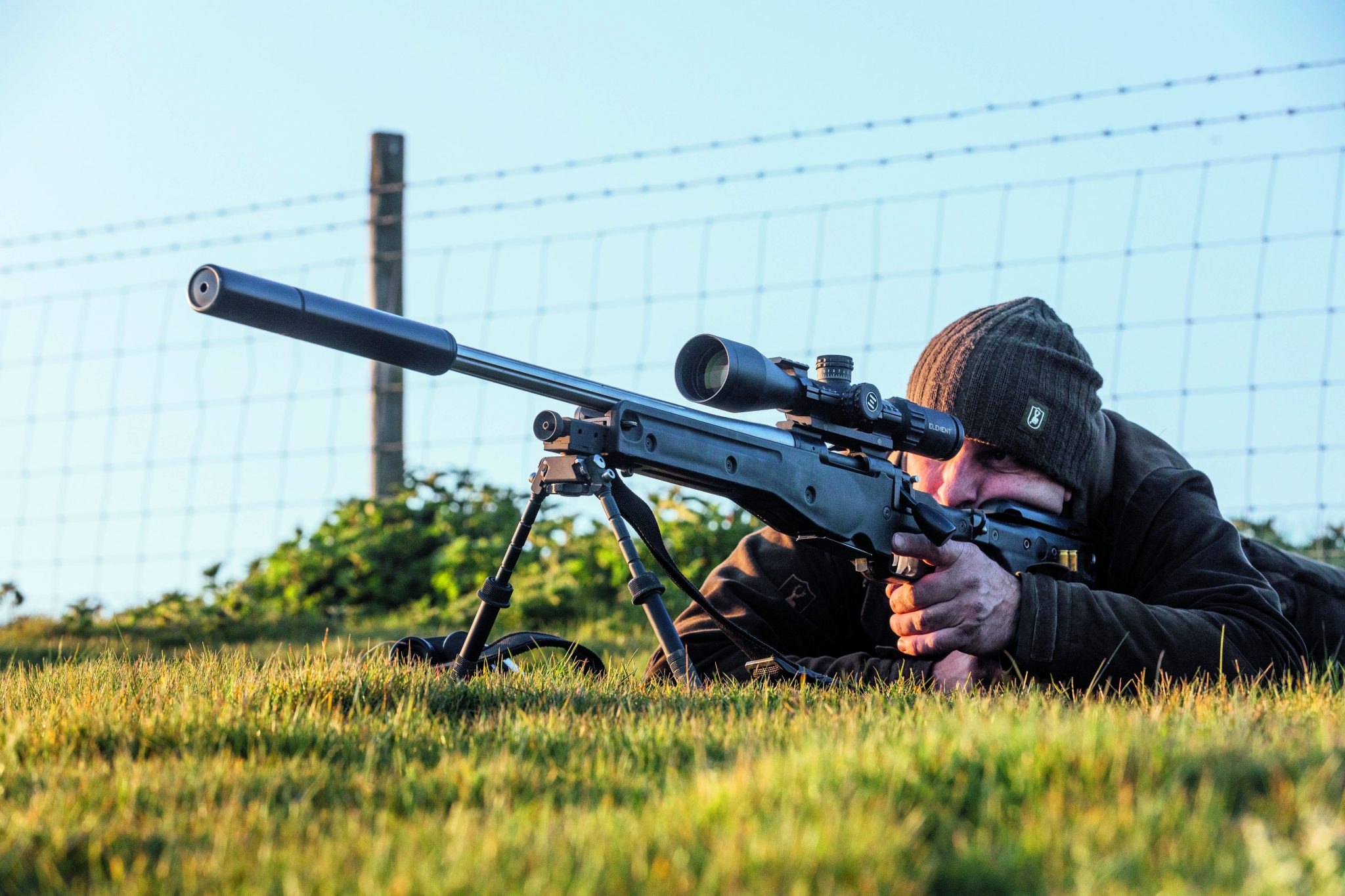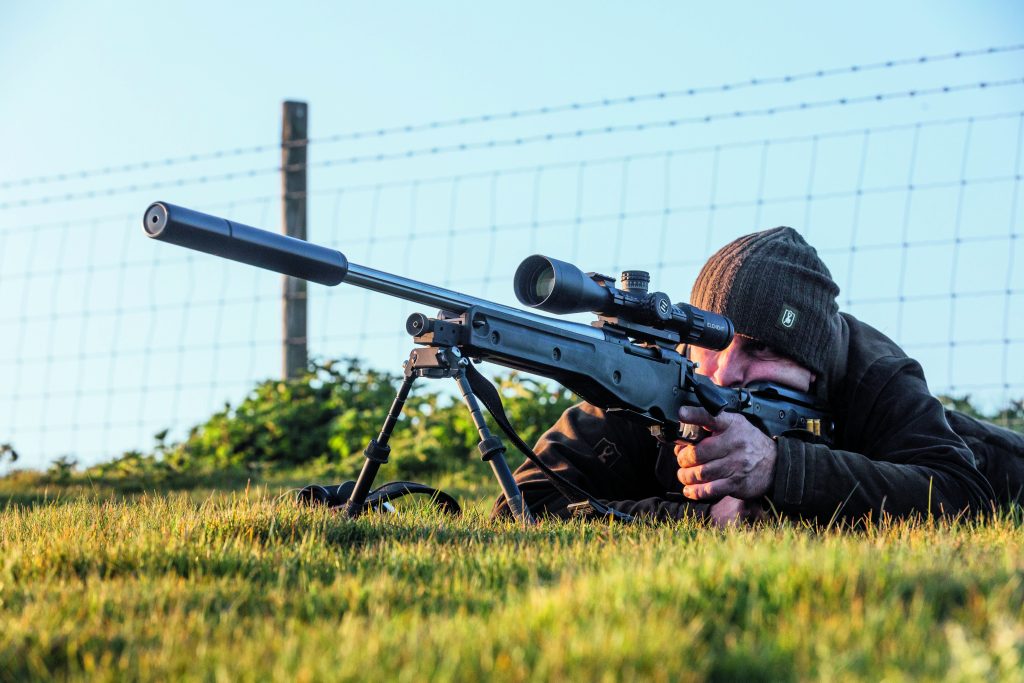News
Dogs and electric fences: how dangerous is getting a shock?
Shocks from electric fences can be painful but your dog shouldn't experience lasting trauma. If your dog still seems affected after the shock, you should see your vet
Would you like to speak to our readers? We offer sponsored articles and advertising to put you in front of our audience. Find out more. Electric fence perimeter of game pens.
Electric fence perimeter of game pens.
There’s really no avoiding a meeting at some point between dogs and electric fences if you’re in a rural area. Electric fences are widely used to manage stock (and keep predators out of pheasant pens) and an adventurous dog ducking under or over a fence can easily be shocked either on the body or by brushing a tail against the current. (Read what you should know about a slip lead.)
Shocks from electric fences can be painful but your dog shouldn’t experience lasting trauma. If your dog still seems affected after the shock, you should see your vet.
Q. Our labrador bitch recently suffered two shocks from an electric fence by the bank of a river. She made a terrible noise but seemed to recover quickly.
However, that evening she was visibly distraught and kept coming over to me trembling and looking for reassurance. She eventually seemed to recover but it was a worrying episode. Can these fences cause long-term damage and should dogs instinctively know to avoid them?
Shoots, dogs and electric fences
A. While most shoots try to ensure electric fences are switched off, that doesn’t avoid a case like this. I loathe them as it’s almost impossible to teach a dog to steer clear.
Dogs that do receive a ‘thud’ can go into spasm. This can even occur long after suffering a shock. Trauma can also be caused to the area that received the shock and possibly result in pulmonary oedema.
Standing on a strand of an electrified wire with a rubber-booted foot to depress it to ground level is the normal practice but many dogs fail to actually see the wire. Some may attempt to jump when given the command, but all too often they catch a back foot. That’s certainly my experience anyway. When it happens it does cause distress to the dog no matter what anyone says. I have seen youngsters yelp for some minutes afterwards and even display muscle spasms. Dogs can often appear nervous because they feel they’ve been unfairly punished for something. There can undoubtedly be both physical and mental repercussions.
Your bitch showed clear mental and possibly physical trauma despite the time lapse following the shock. If there had been any prolonged display of after-effects I would have urged you to seek immediate veterinary advice. However, long-term damage is unlikely from an electrified fence providing the shock is not prolonged.
Lift your dog up
I don’t think dogs can instinctively learn how to avoid electric fences. When I encounter a live electric fence on a shoot day, and someone kindly steps on the wire to allow dog handlers to cross it, I always make sure each dog is safely lifted over the wire – even though it may be at ground level.
Related articles
News
Anti-grouse shooting petition crushed by MPs who don't even shoot
Wild Justice's petition to ban driven grouse shooting was quashed in Westminster Hall yesterday, with all but one MP opposing the ban
By Time Well Spent
News
A sound decision as moderators to be taken off licences
The Government has finally confirmed what the shooting community has long argued – that sound moderators should be removed from firearms licensing controls
By Time Well Spent
Manage Consent
To provide the best experiences, we use technologies like cookies to store and/or access device information. Consenting to these technologies will allow us to process data such as browsing behavior or unique IDs on this site. Not consenting or withdrawing consent, may adversely affect certain features and functions.
Functional Always active
The technical storage or access is strictly necessary for the legitimate purpose of enabling the use of a specific service explicitly requested by the subscriber or user, or for the sole purpose of carrying out the transmission of a communication over an electronic communications network.
Preferences
The technical storage or access is necessary for the legitimate purpose of storing preferences that are not requested by the subscriber or user.
Statistics
The technical storage or access that is used exclusively for statistical purposes.
The technical storage or access that is used exclusively for anonymous statistical purposes. Without a subpoena, voluntary compliance on the part of your Internet Service Provider, or additional records from a third party, information stored or retrieved for this purpose alone cannot usually be used to identify you.
Marketing
The technical storage or access is required to create user profiles to send advertising, or to track the user on a website or across several websites for similar marketing purposes.





